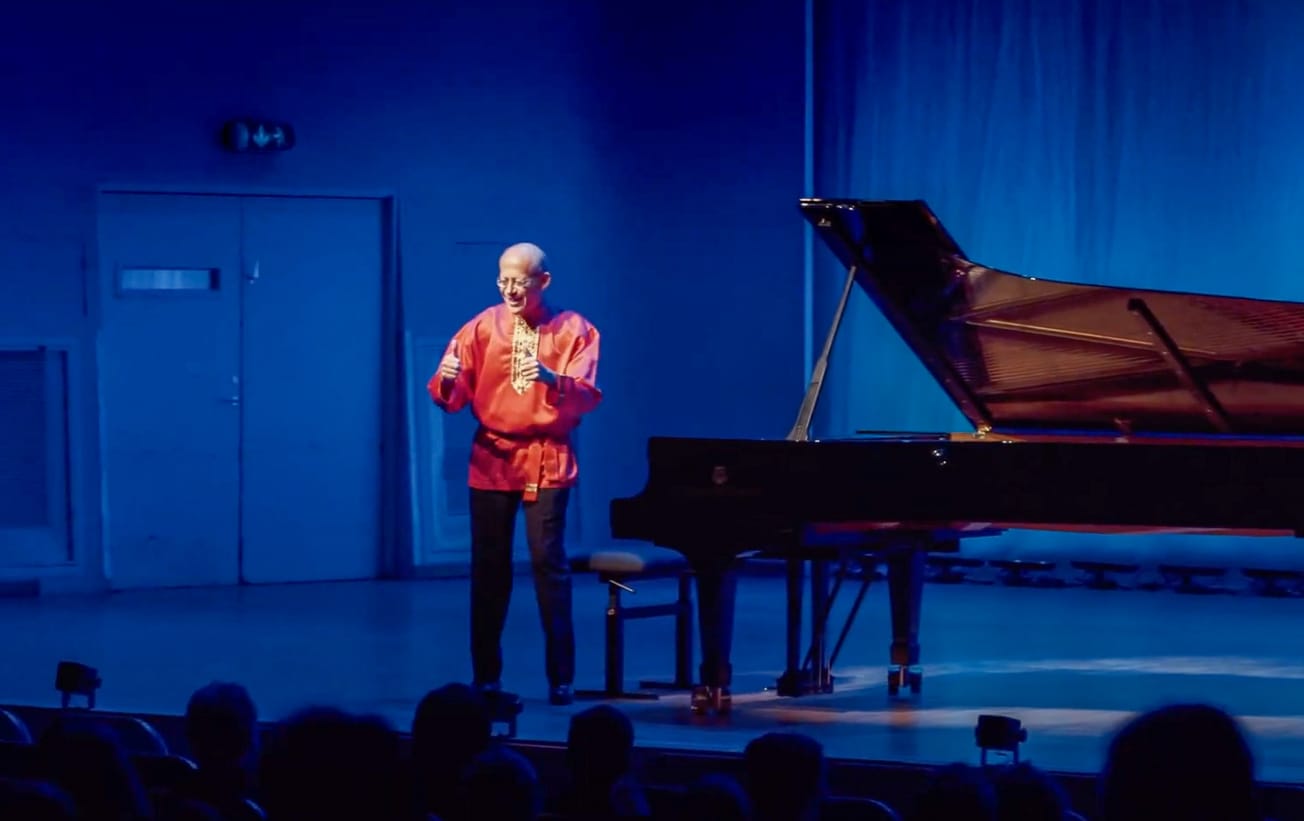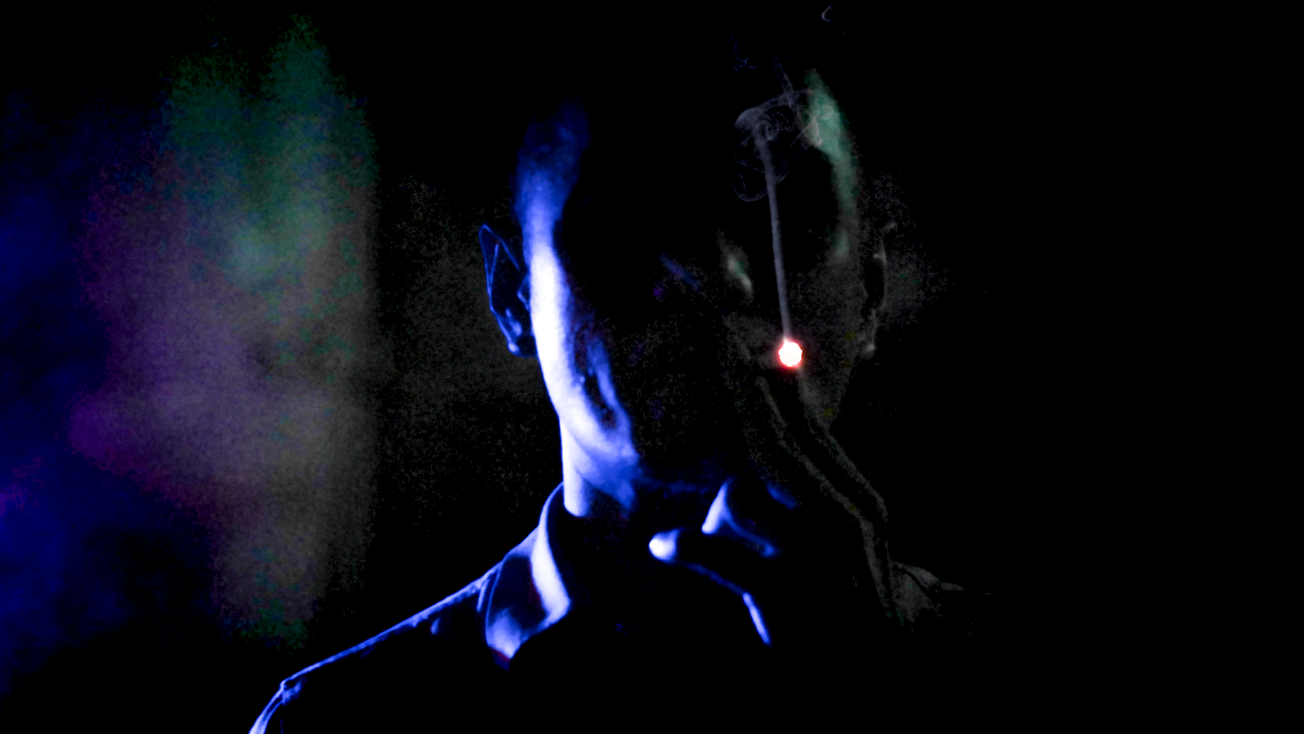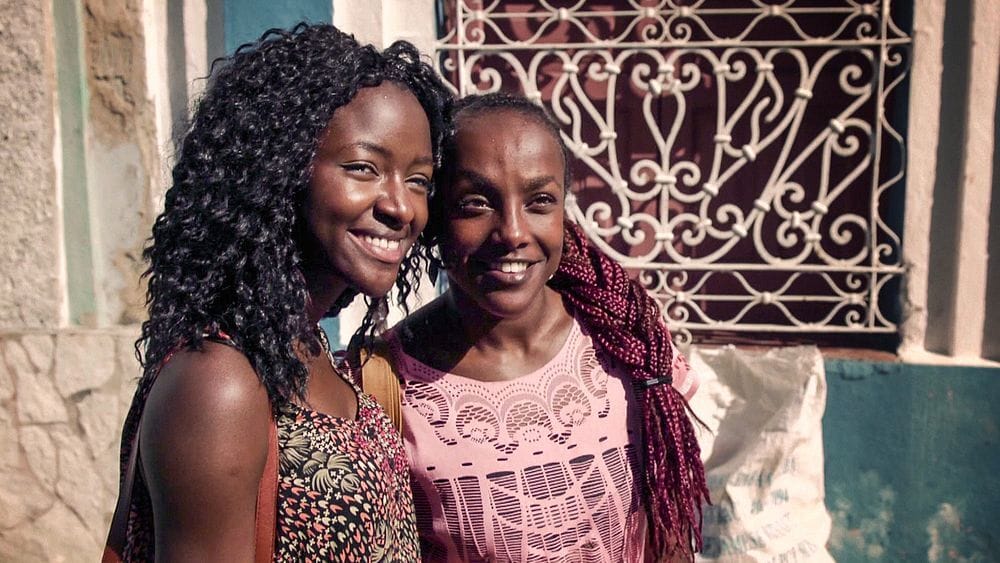Keywords: Harold Feinstein, Photography, New York City, Documentary, Artistic Struggle, Human Experience, Coney Island. Three Words: Inspirational, Artistic, Underrated
Introduction
The documentary 'The Man Who Shot New York', directed by Andy Dunn and released in 2019, delves into the life and work of Harold Feinstein, a remarkable yet relatively unknown figure in 20th century photography. Feinstein's insightful images, predominantly featuring the streets and people of New York, provide a captivating look at the city's soul. In today's world of ubiquitous digital photography, Feinstein's work stands as a testament to the power of traditional photographic art in capturing humanity's essence.
Synopsis
The film offers an intimate look at Harold Feinstein's life, from his humble beginnings in Coney Island to his rise as a celebrated photographer. Despite his undeniable talent and the critical acclaim he received, Feinstein remained largely undiscovered by the mainstream art world. The documentary explores his unique approach to photography and his undying love for New York.
More Film Analysis
Analysis
The documentary adopts a participatory approach, inviting audiences into Feinstein's world. It excels in its research, delving deep into Feinstein's personal archives and interviews with those who knew him best. The film is elegantly crafted, presenting a well-rounded exploration of Feinstein's life and work.
Historical and Factual Context
Feinstein emerged in the post-war era, a time when New York City was rapidly evolving. His photographs, notably of Coney Island, offer a unique historical record of this period.
Key themes in the film
- The transformative power of art
- The struggle for recognition in the art world
- The beauty in ordinary life and people
- The enduring allure of New York City
Film Comparisons
Unlike many documentaries about photographers, 'The Man Who Shot New York' focuses less on Feinstein's technical prowess and more on his philosophical approach to his art.
Noteworthy Moments
The documentary shines in its presentation of Feinstein's most iconic images and the stories behind them, offering viewers a profound understanding of his unique vision.
Reviews
Critics have praised 'The Man Who Shot New York' for its intimate portrayal of Feinstein and its insightful exploration of his work.
Conclusion
The documentary is a must-watch for photography enthusiasts, lovers of New York, and anyone interested in art's transformative power. It serves as a reminder of the beauty that can be found in everyday life.
More film information:
FILM SUMMARY
- Genre: Documentary
PERSONALITIES
- Harold Feinstein: Renowned 20th-century photographer known for his captivating images of New York City.
- Andy Dunn: The documentary's director, acclaimed for his insightful and intimate exploration of Feinstein's life and work.
LOCATIONS
- New York City: The main backdrop for Feinstein's work, particularly Coney Island.
Key Questions Raised by the Film
- What makes a photograph truly captivating?
- How does an artist's environment influence their work?
- Why do some artists remain unrecognised despite their talent?
Links for Further Exploration
- Harold Feinstein's official website: http://www.haroldfeinstein.com/
- A collection of Feinstein's work: https://www.artsy.net/artist/harold-feinstein
I wonder what the film would be in another art form



- A famous book, it would be 'The Catcher in the Rye' for its raw and honest portrayal of New York City.
- A famous song, it would be 'Empire State of Mind' by Jay-Z and Alicia Keys for its ode to New York City.
- A famous piece of art, it would be Edward Hopper's 'Nighthawks' for its depiction of ordinary people in the city.
- A famous celebrity, it would be Woody Allen, a fellow New Yorker known for his love for the city.
- A colour, it would be black and white, reflecting Feinstein's classic photography style.
- A music style, it would be jazz for its improvisational nature and deep roots in New York City.








